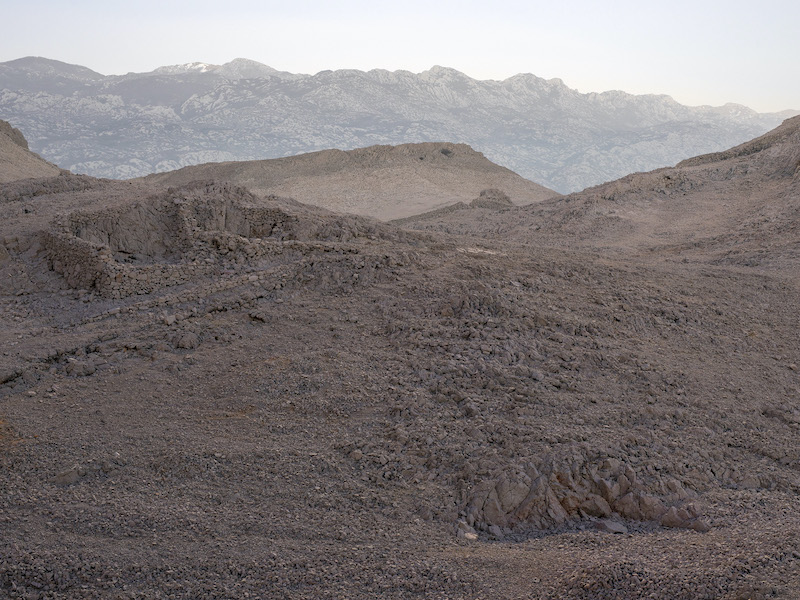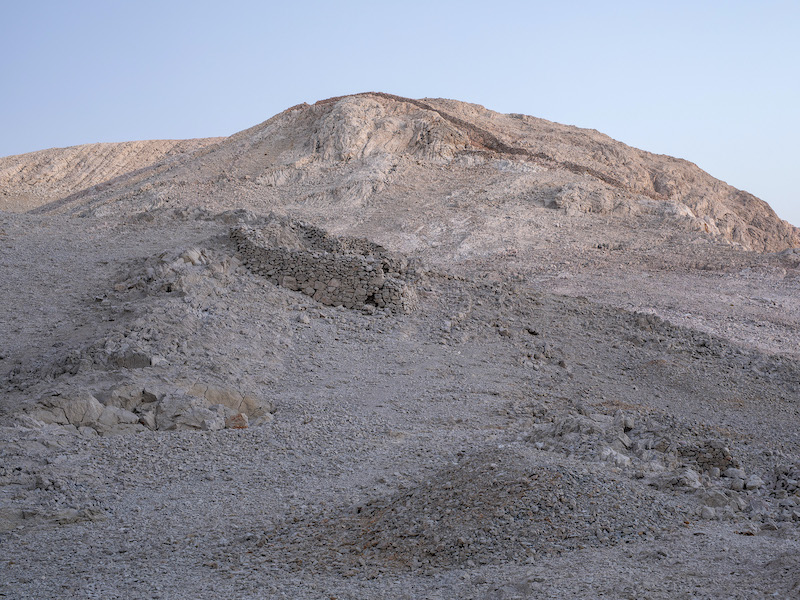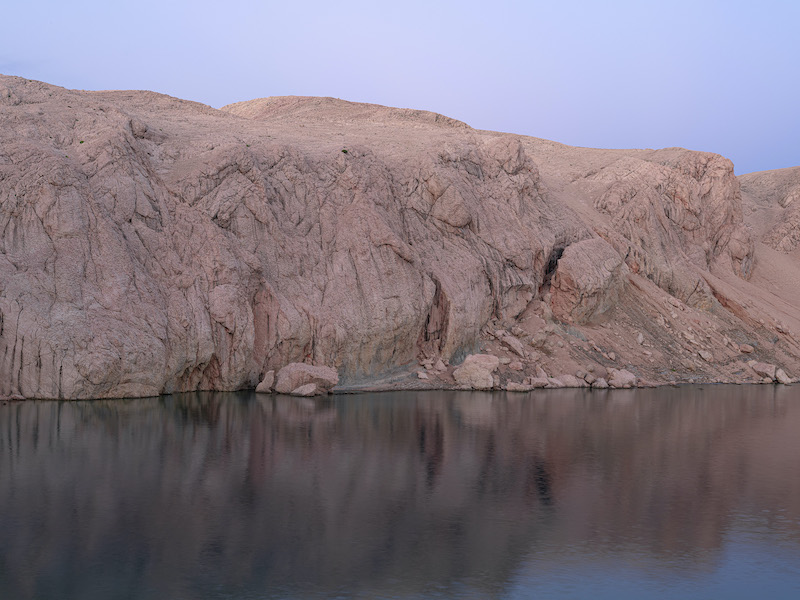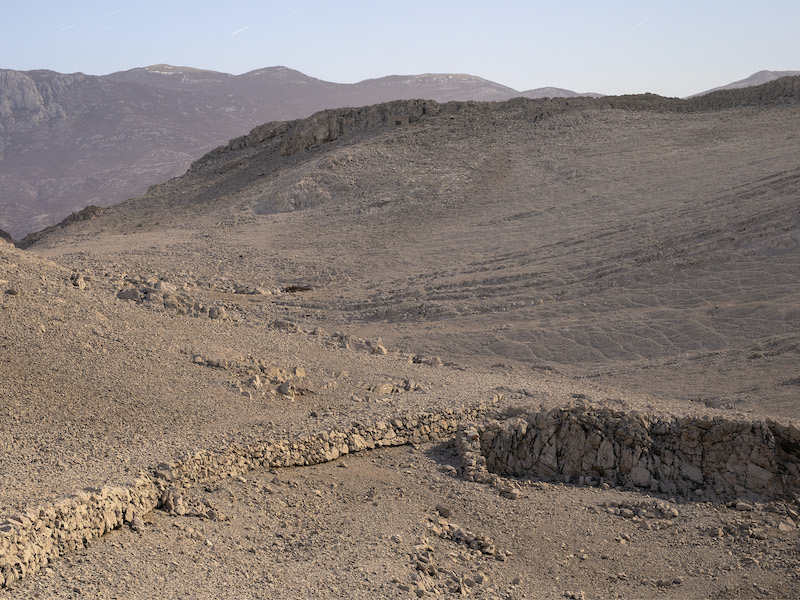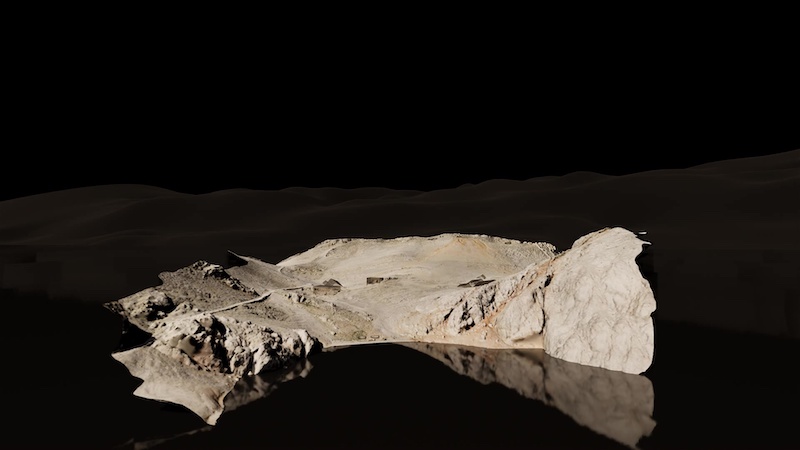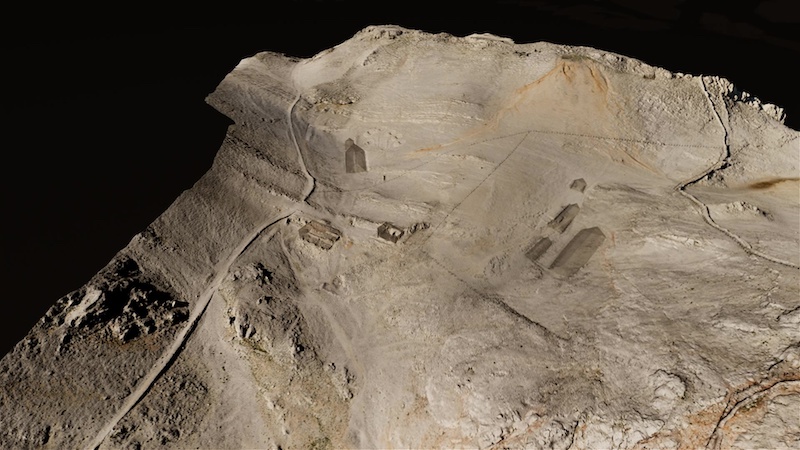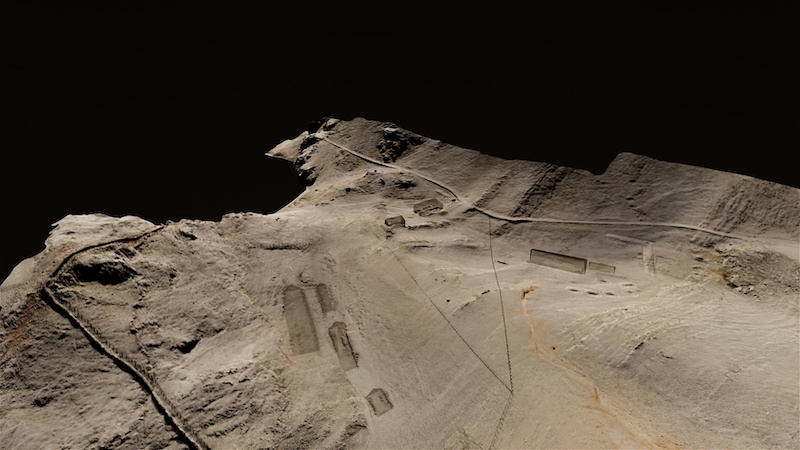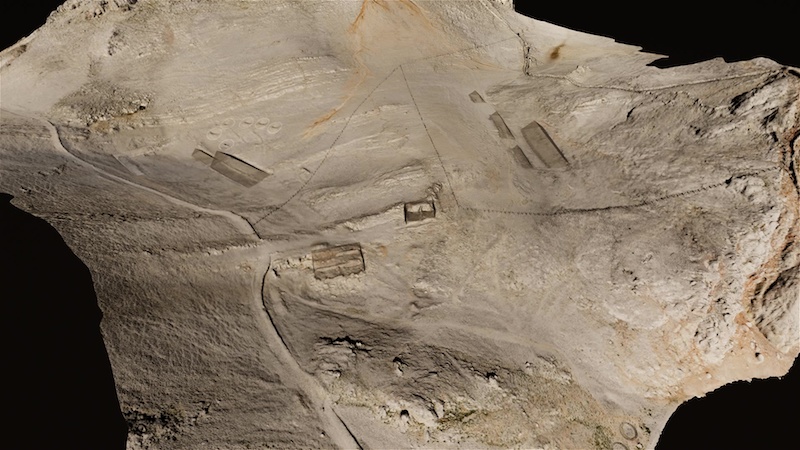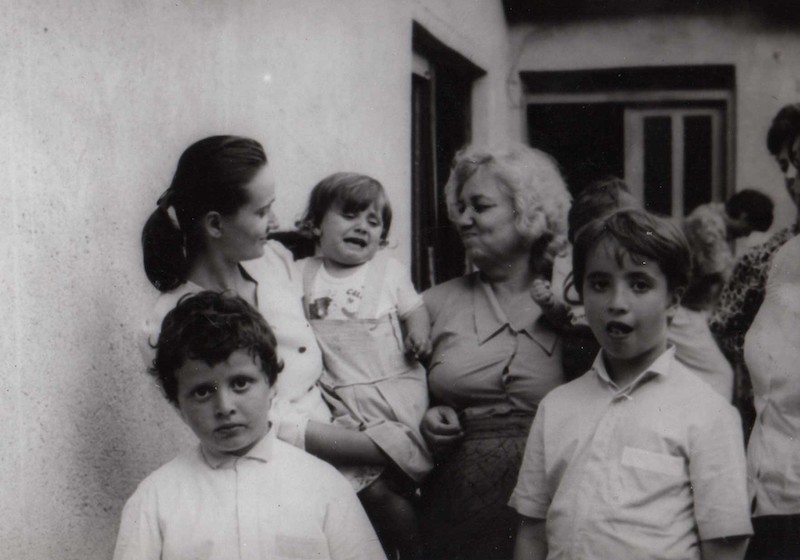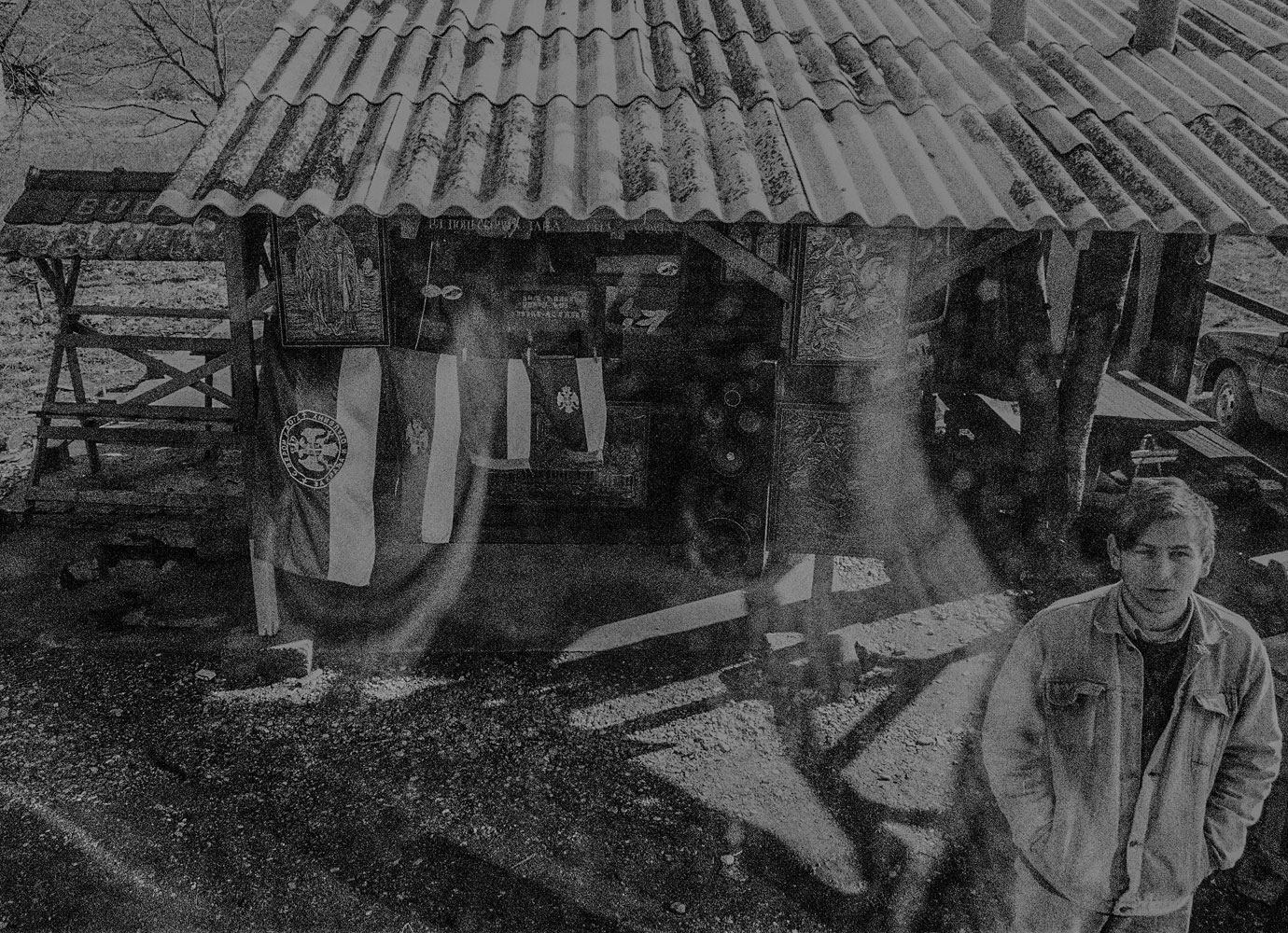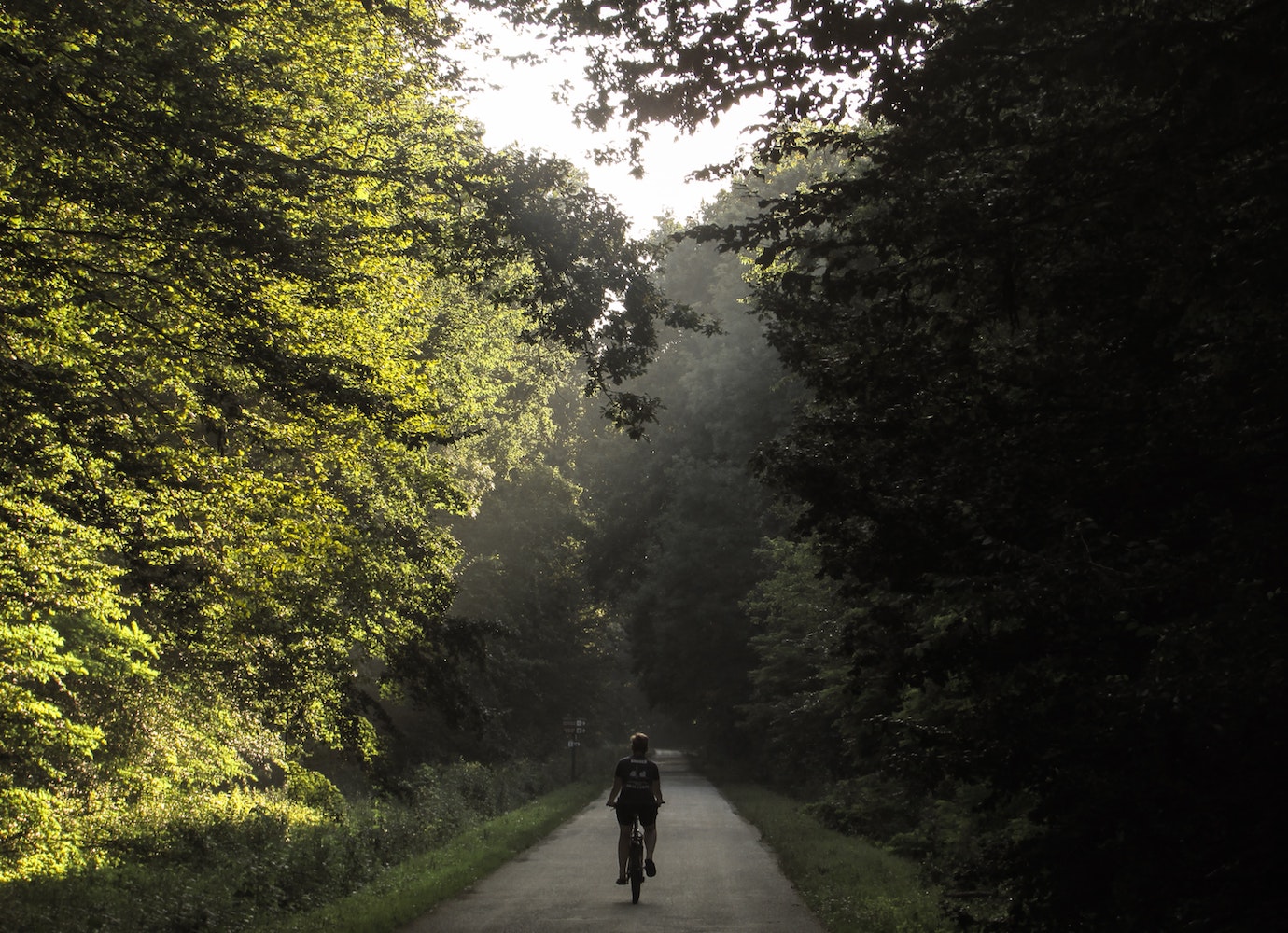How artists are using virtual reality to capture traces of Second World War crimes in Croatia
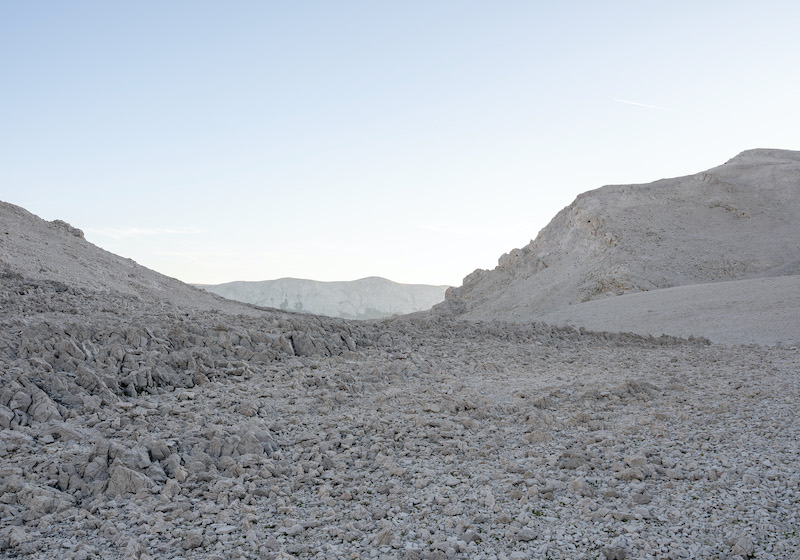
Photographer Davor Konjikušić began taking pictures of Slana in 2016. With a landscape that resembles the surface of the Moon, the windswept expanse on the Croatian island of Pag is a magnet for tourists, artists, and geographers alike.
Konjikušić’s work captures the blues and grays of the tranquil cove: the all-encompassing stillness, the sharp limestone rock, and dazzling waves of unbroken sunlight. “The landscape of Slana is frightening and beautiful; barren, powerful, and surreal”, he says.
But more important is what the images do not capture. They formed just one part of the exhibition Slana – A Radical Landscape at Gallery Nova in Zagreb. A joint project between Davor Konjikušić, Nika Petković, and landscape architect Goran Andlar, it aims to expose what Slana has long tried to hide.
Between June and August 1941, Slana was the site of a concentration camp: the first set up by the Independent State of Croatia (NDH). The Nazi-led puppet state ruled across an area which covered most of modern-day Croatia and Bosnia and Herzegovina, as well as some parts of modern-day Serbia and Slovenia, between 1941 and 1945. Slana was one part of the state’s wider detention complex, functionally named Gospić-Jadovno-the island of Pag. The last prisoners of Slana would become the first prisoners of Jasenovac, a larger concentration and extermination camp operated by a Croatian fascist group, the Ustaša.
Today, the stylised Stone Flower spomenik, designed by sculptor Bogdan Bogdanović, stands at the former Jasenovac site. But Croatia retains a complicated relationship with the NDH and the Ustaša, with some government officials often trying to negate the country’s role in Second World War atrocities. The Slana camp remains mostly unknown to the majority of Croats. There is no memorial close to the cove, and a plaque commemorating the victims has been defaced or destroyed on three separate occasions.
The artists hope to use their exhibition to capture this erasure of memory and the barren landscape it left behind, although they stress that they do not consider themselves historians. “We don’t want to talk about the numbers [of victims], but rather the landscape which itself suggests erasure, trauma, that something horrible happened there,” Konjikušić says. He believes that the desolate landscape, in its own way, already commemorates the atrocities that took place at Slana. In one section of the exhibition, Konjikušić and Petković present their film, The Cove. Rather than depicting the linear passage of time, the film instead jumps from day to day, season to season, until what appears to be an empty space is revealed as a scene of a crime. Atrocities etched themselves into the rocky landscape in the summer of 1941, and will remain for an eternity.
But with no physical memorial to commemorate Slana, the artists are building their own monument elsewhere: in the digital realm. The trio created a 3D reconstruction of the camp, which picks out digitally-rendered objects such as the watchtowers and barracks, transforming the entire space of Slana into a site of commemoration.
Developed in a painstakingly forensic process, research for the model included field observations, photographic mapping, aerial and drone photography, remote sensors, landscape analysis and 3D modelling, using both the modern landscape and archival photographs. Survivors’ testimonies, many of which were also included in the exhibition’s catalogue — described by the artists as the fourth part of the show — were also pivotal to the work.
In this way, the trio can capture the landscape that made Slana uniquely brutal. “The cove was well-connected to the nearby city of Karlobag and yet isolated,” says Andlar. “The desert-like landscape does not allow for escape.” Petković agrees, emphasising how the open environment made the area perfect for surveillance. “Regardless of how big the space is — even when you consider that it takes a long time to reach the observation tower from the road, for example — [this is an area where] you really can control things from every point,” she says.
For the artists, it is a way of commemorating the story of Slana when it is not possible to do so physically. The heat in the cove is often relentless, but there are no drinking sources in the area: camp detainees would drink rainwater mixed with sea water. On their research trips, the team would carry their own drinking water, often gulping down five or six litres each in a matter of hours. The lack of water that tortured prisoners also ensured that traces of the camp were swept away. “This lack of water made it impossible for them to build anything,” says Adlar. “They started to build structures which were never finished; they tried to mix cement, but it would all break down.”
But they are also planning to continue with the work, which they believe will help to better protect the location of Slana itself.
“This is a project which deals with the question of absence through art,” the artists say. “We believe this project is important because it deals with the erasure of memory — which is not specific only to Croatia.”
